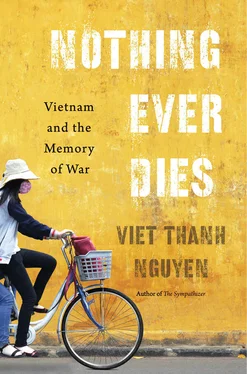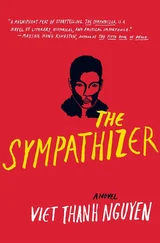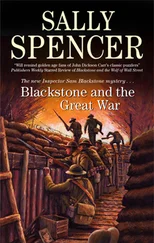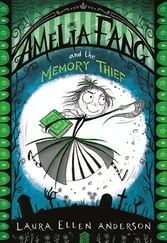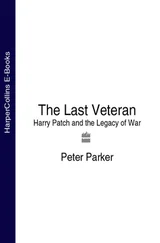This is where art plays a crucial role in both antiwar movements and movements for peace, which are not the same. Antiwar movements oppose and react. They can repeat the logic of the war machine, when, for example, antiwar activists treat victims of the war machine solely as victims, taking away the full complexity of their flawed (in)humanity in the name of saving them. When a particular war ends, so may the antiwar movement opposed to it. Understanding that war is not a singular event but a perpetual one mobilizes a peace movement. This movement looks beyond reacting to the war machine’s binary logic of us versus them, victim versus victimizer, good versus bad, and even winning versus losing. Perpetual war no longer requires victory in warfare, as what happened in Korea, Vietnam, and now the Middle East shows. Stalemates or outright losses — if not too damaging — can be overcome. The war machine can convert stalemates or losses into lessons for future wars and reasons for further paranoia by the citizenry, both of which justify continuing psychological, cultural, and economic investment in the war machine. While victories would certainly be wonderful, the war machine’s primary interest is to justify its existence and growth, which perpetual war serves nicely. An endless war built on a series of proxy wars, small wars, distant wars, drone strikes, covert operations, and the like, means that the war machine need never go out of business or reduce its budget, as even some conservatives admit. 14
A peace movement is required to confront this inhuman reality. This peace movement is based not on a sentimental, utopian vision of everyone getting along because everyone is human, but on a sober, simultaneous vision that recognizes everyone’s unrealized humanity and latent inhumanity. Powerful memory from the low ground presses our noses against this inhumanity in a negative reminder of our capacity for brutality. This memory activates our disgust and revulsion. Powerful memory from the high ground reminds us positively of a more transcendent humanity that can emerge from looking at our inhuman tendencies. It does so through promoting empathy and compassion, as well as a cosmopolitan orientation toward the world that places imagination above the nation. Empathy, compassion, and cosmopolitanism guarantee nothing, but all are necessary to break the connection between our identity and the war machine. Both Hayslip and Lê value empathy and compassion over politics and ideology. Hayslip empathizes not only with those like her, but extends compassion toward her enemies and her torturers of all sides. She imagines herself as a cosmopolitan citizen of the world, living beyond all artificial boundaries of border and race. Lê immerses herself in the war machine, from those who rehearse and drill for war to those who reenact battles. In a striking photograph from her Small Wars series, Lê inserts herself into a scene of American civilians who reenact my war, dressing up with uniforms and weapons from that time. She takes the role of reenactor herself, playing a Viet Cong sniper aiming her rifle at American soldiers. If one knows the shooter herself is being shot, the picture amuses. But the photograph also reenacts something never recorded by an American camera, an ambush from a Viet Cong perspective. Empathy marks this act of imagination, as Lê sees through the viewpoint of the other to both Americans and to herself, a refugee from the Viet Cong. This empathy underlies the ethics of remembering oneself and others.
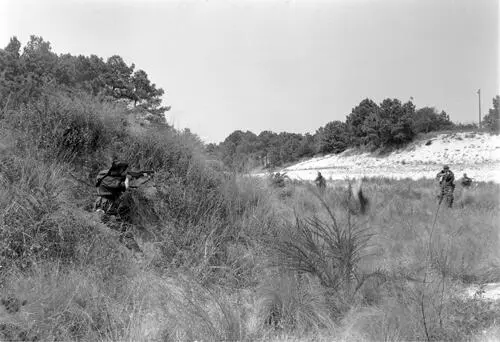
In contrast, the war machine requires that one limit empathy and compassion to those just like us, on our side. Those who call themselves political know that the most effective way to mobilize their adherents quickly is to terminate that empathy and compassion for others. The artist who submits to this kind of political demand may create interesting art, but it will be art hampered by an inability to imagine those others that may be most troubling to the artist. For the artist, “politics” may mean choosing a side in life and art, but it also must eventually mean more than choosing a side. The good artist must expand her scope of empathy and compassion to embrace as many and as much as she can, including even the war machine’s participants. The genuinely political artist can see across all kinds of borders, beginning with those that separate selves from others. For the artist, politics should ultimately be about abolishing sides, venturing into the no man’s land between trenches, borders, and camps. We need an art that celebrates the humanity of all sides and acknowledges the inhumanity of all sides, including our own. We need an art that enacts powerful memory, an art that speaks truth to power even when our side exercises and abuses that power.
For this purpose, the problem is that empathy and compassion are tools, not solutions. They lead to no political, or even moral, certainty, as is the case with empathy’s weaker cousin, sympathy. The criticism against sympathy is that it may only compel pity for someone. But it may also breed a sense of shared suffering, and this fellow feeling may urge us toward action, an urge that empathy may also encourage in its ability to make us identify with, or even as, an other. This empathetic identification may take place through our relationship to works of art, particularly those that explicitly stage or narrate compassion. But while these narratives ask readers to witness scenes of suffering, they may purge readers of the need to take political action. 15This is why “compassion is an unstable emotion,” according to Susan Sontag. “It needs to be translated into action, or it withers.” 16If this is the case, what good is compassion or its related emotions of sympathy and empathy? I advocate for them because they point the way to the high ground, no matter how they might mask more troubling things. The identification with others that arises from compassion often conflicts with our self-interest or instinct for self-preservation, as when the other threatens our survival. Or we carry out our feelings for others from a distance, seeing the other’s suffering but doing absolutely nothing. At most we might offer charity that only alleviates rather than solves problems. But while compassion may allow us to disavow our complicity, without compassion we could never move the far and the feared closer to our circle of the near and the dear. Such a move is crucial to art and is fundamental to forgiveness and reconciliation, without which war will never cease.
The artist Dinh Q. Lê, born in Vietnam but raised in the United States, exemplifies how compassion produces powerful, moving, and vulnerable art. His best-known work, his series From Vietnam to Hollywood , grapples with what Marianne Hirsch calls postmemory, a recollection passed along from someone else, “transmitted to them so deeply and affectively as to seem to constitute memories in their own right.” 17The problem with postmemory, as with memory, is that it might lead one to be concerned only with the suffering of one’s own. Lê works against that solipsism in his series Cambodia: Splendor and Darkness , where he draws attention to Cambodian suffering. In the late 1970s, Khmer Rouge attacks on Vietnamese border towns drove Lê’s family from their home, but instead of regarding himself only as a victim, he reaches out to see another people’s pain. “Untitled Cambodia #4” features his trademark technique of cutting images and weaving them together in order to fuse the “splendor” (of Cambodia’s past) with the “darkness” (of Cambodia’s genocide). One image is the photograph of a Khmer Rouge victim at Tuol Sleng prison. The man emerges from, and merges with, the stone carving of a temple at Angkor Wat, and as in the rest of Dinh’s weaving work, “one image relinquishes itself to another. Faces and figures coalesce, then dissolve again into pure pattern in a continuous rhythm of revelation and concealment.” 18Here the work reveals and conceals the monumental past, embodied in Angkor Wat, and the countless dead. But while remembering that past as splendorous is tempting, critic Holland Cotter points out how darkness overshadows its beauty, since Angkor Wat was built by the labor of many as a tribute to kings: “The message is clear: art has always been as much an accomplice as a deterrent to human brutality.” 19
Читать дальше
